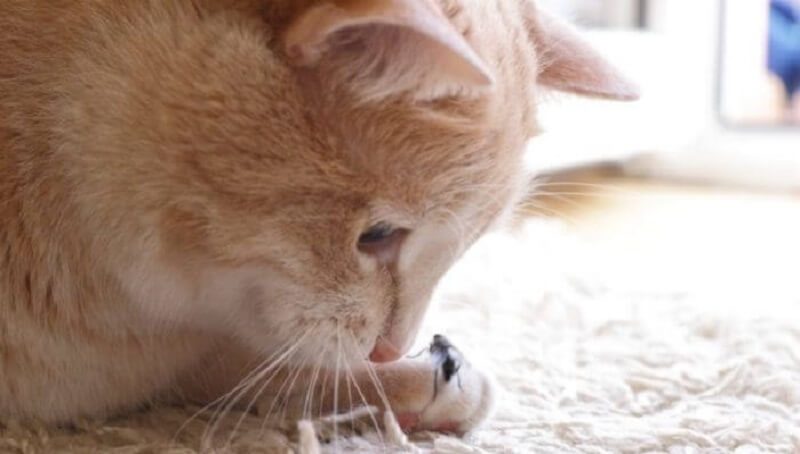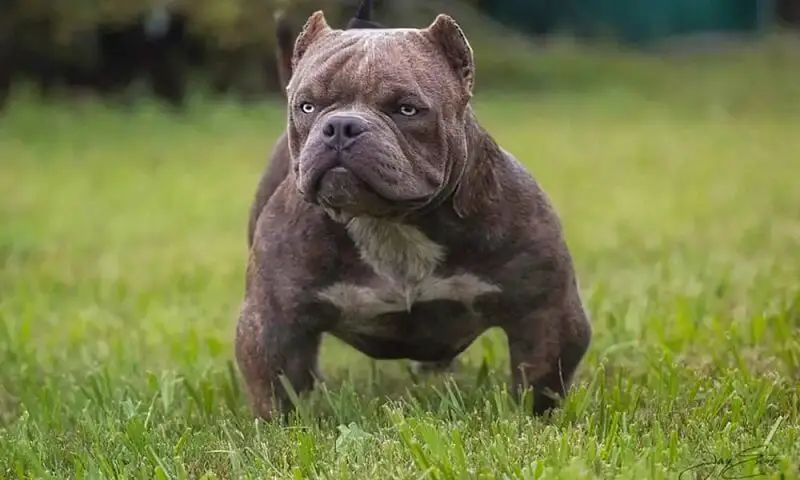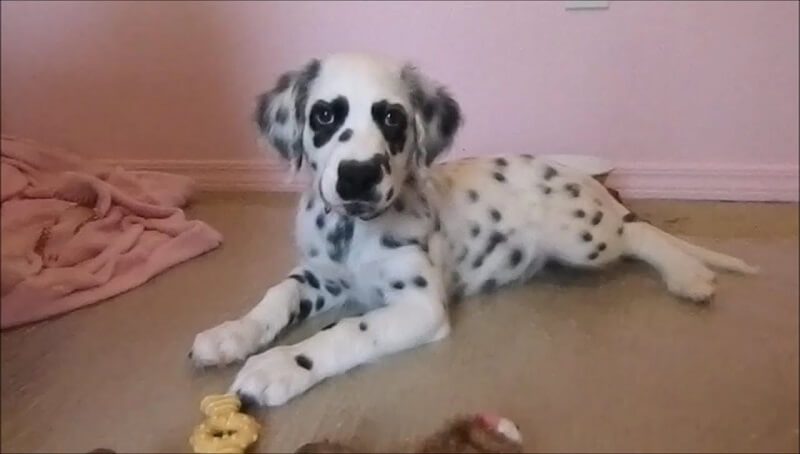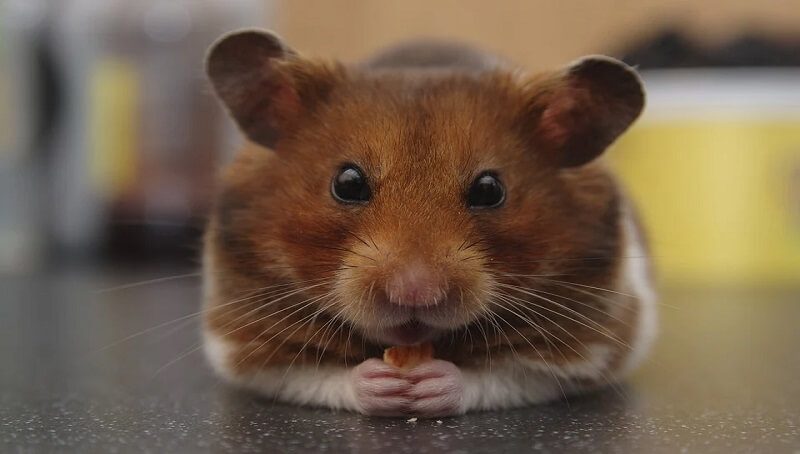The situation in which a cat has eaten a fly is known to every pet owner. This happens not only with street cats. Not even pet cats will deny themselves such pleasures. But although such a phenomenon can be safe for cats, there are many insects able to release a very dangerous poison or simply sting the inside of the pet’s mouth.
Why does a cat chase a fly?
The answer to this question can only be found in nature. After all, nature was the one who put into the animal the true abilities of the hunter, the savage, and the dexter. This is the most important explanation for this behavior.
If a cat catches a fly, it will swallow it. This is an instinct that has already developed many years ago. This will strengthen their hunting success and help them affirm themselves.
Even if the animal lives a stable domestic life, does not go hunting to get food, and does not have to fight for its existence every day, it will still not miss the chance to set up small races to catch a fly. The reaction to a moving object is the same for all cats. They begin to chase away immediately. Stopping the pet at this time is simply impossible. It is in vain to talk, scream or even try to attract her attention with her favorite toys. All this will be without any purpose. Even in the fattest and laziest cat, there is always a natural predator that won’t ignore a fly around her.
Such an interest in winged insects often scares pet owners and makes you wonder if this hobby can be harmful to your pet. Before answering this question, it should be remembered that in many countries of the world, not only animals but people themselves feed on exotic and very strange insects.
Why do cats eat flies?
You might also like my articles about:
If a cat eats flies, then, first of all, she trains her hunting skills. This is the call of nature and a kind of training. In addition, a live target causes a cat much more excitement than bells or rubber mice bought in specialized stores.
For cats, movement is a necessary and vital element of life. Only a brave and trained predator can survive in the wild. Pets have no choice but to perfect their skills on flies, and other insects.
The cat, in nature, is the representative of the most advanced predator. At home, caring owners surround their pets with excessive love, feed them with special food and inhibiting their natural abilities. Regular training helps cats stay in shape.
Tip!
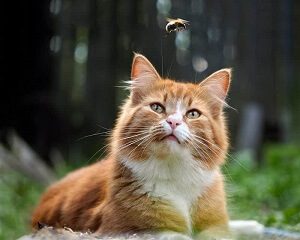 It is also important to remember that flies are a valuable source of protein and chitin, which are very necessary for a pet for the health and growth of claws, and teeth. The chitinous components also serve as the base of the top cover. The cat will not be able to complete the daily requirement by eating flies, but a small part will still be assimilated.
It is also important to remember that flies are a valuable source of protein and chitin, which are very necessary for a pet for the health and growth of claws, and teeth. The chitinous components also serve as the base of the top cover. The cat will not be able to complete the daily requirement by eating flies, but a small part will still be assimilated.
What danger awaits when your cat eats flies
The fly itself that a cat catches and eats is completely safe. In the body of these insects, there is nothing that a feline cannot digest. The dirt that flies carry is not dangerous either.
But you cannot leave a kitten enjoy this hobby without giving proper attention to what happens during the race, as the cat may not notice how far the fly goes, which may be through an open window or on the balcony. For a flying insect, this is quite normal, but a pet can suffer seriously. This is especially true for the residents of the upper floors. To avoid this, reliable safety windows must always be installed. They will save the flies and the cat will not get the chance to hurt herself by mistake.
Important!
Flies are carriers of helminth eggs. And if the cat swallows them, then there is a chance of infection. Therefore, veterinarians recommend all owners of domestic cats take preventive measures to combat worms. This should be done even for those who constantly live in an apartment. The difference between street felines and domestic cats is the frequency of worms. For pets, it is enough to administer an anthelmintic drug every six months, and for street cats every 2-3 months.
During hunting, cats become simply uncontrollable, so they can easily break your favorite vase or scratch expensive furniture. Very often curtains will suffer too.
It will be unpleasant if the cat decides to catch a wasp, a bee, or a bumblebee. They can sting the animal, and the consequences depend on the degree of resistance of the body. Some pets will get edema on the bite site, while others start to vomit, have diarrhea, and have tremors. The most dangerous is when they bite the inside of your pet’s mouth or larynx. It will cause swelling and the animal can easily suffocate. If a bee bites a cat or a dog, urgent help will be needed, like giving them antihistamines.
Final words!
Thus, the fact that a cat eats flies is a completely normal and natural phenomenon. The animal is just having fun. The task of the owner of the pet is to ensure the safety of his pet and in the case of a fly bite or insect sting monitor the reaction of your cat’s body.
